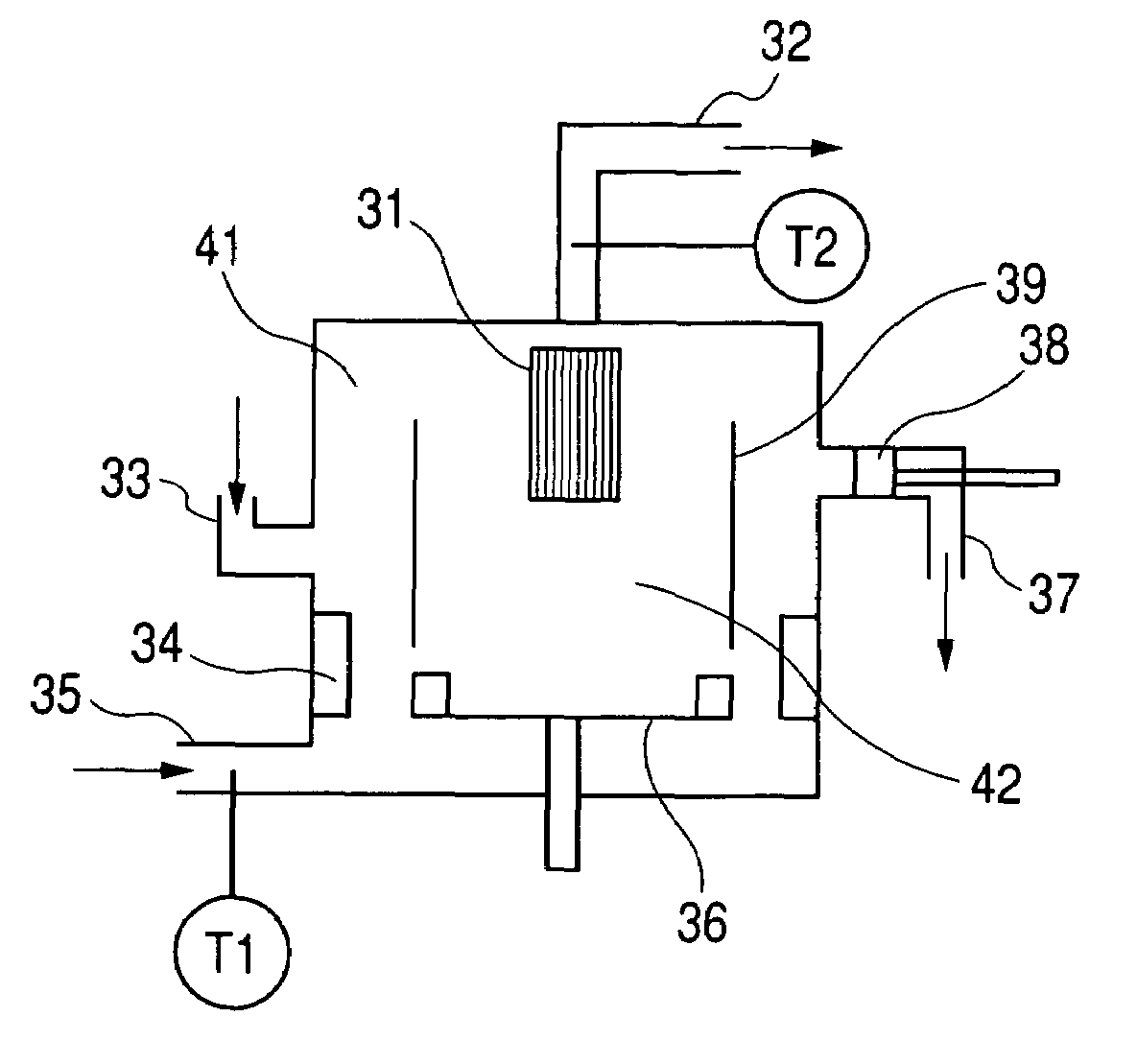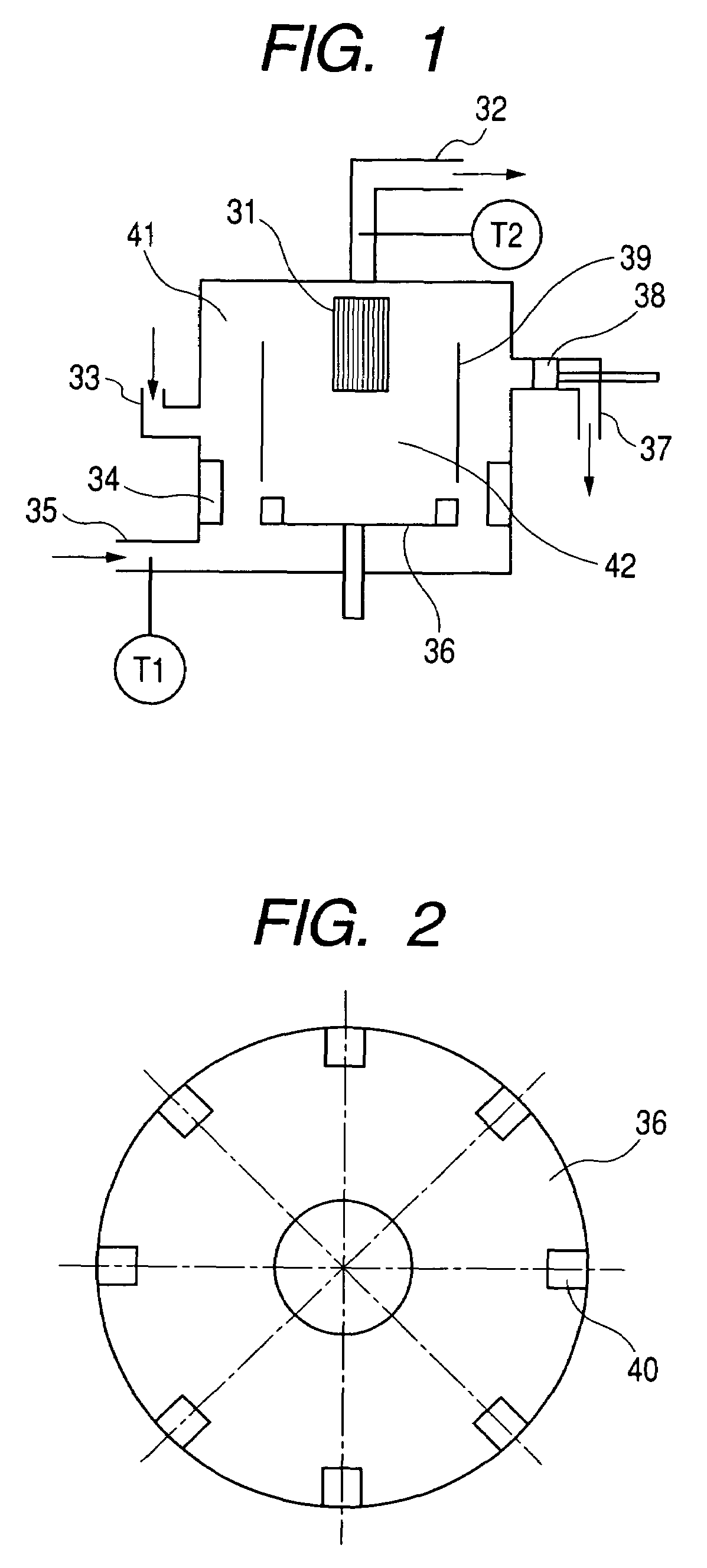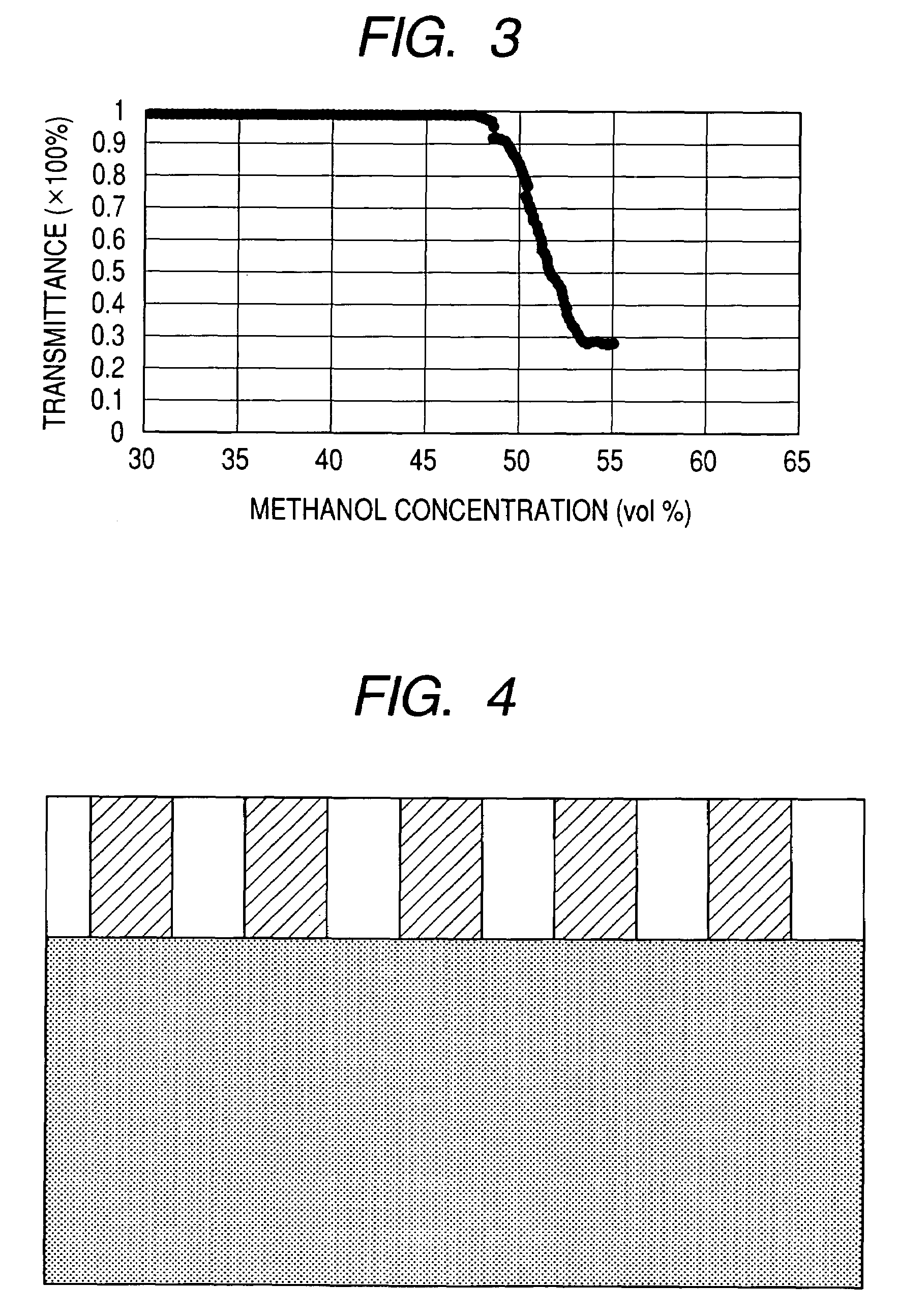Toner
a technology of toner and abrasives, applied in the field of toner, can solve the problems of large-scale equipment for the production of toners, insufficient reduction of toner consumption of toners obtained, deterioration of developing performance, etc., and achieves the effects of less toner consumption, superior developing performance and fixing performance, and reduced toner consumption
- Summary
- Abstract
- Description
- Claims
- Application Information
AI Technical Summary
Benefits of technology
Problems solved by technology
Method used
Image
Examples
examples
[0259]The present invention is described below in greater detail by giving Examples. The present invention is by no means limited to these.
[0260]The types and melting points of waxes used in the present invention are shown in Table 1.
[0261]
TABLE 1Type and Analytical Value of WaxNumber-Weight-averageaverageMelting pointmolecularmolecularType(° C.)weightweightWax I-1Paraffin76380500Wax I-2Fischer-Tropsch1057901,180Wax I-3Polyethylene1202,2503,390Wax I-4Polypropylene1451,0008,880
[0262]Resin production processes are shown below.
Production Example A-1 of High-Molecular Weight Component
[0263]
(by weight)Styrene78.0 partsn-Butyl acrylate20.0 partsMethacrylic acid 2.0 parts2,2-Bis(4,4-di-t-butylperoxycyclohexyl)propane 0.8 part
[0264]While stirring of 200 parts by weight of xylene in a four-necked flask, the inside atmosphere of the container was sufficiently displaced with nitrogen and was heated to 120° C., and thereafter the above materials were dropwise added thereto over a period of 4 ho...
production example b-1
of Vinyl Resin Having Carboxyl Group
[0267]
(by weight)High-Molecular Weight Component A-1 30 partsStyrene55.5 partsn-Butyl acrylate13.8 partsMethacrylic acid 0.7 partDi-tert-butyl peroxide 1.4 parts
[0268]200 parts by weight of xylene was heated to 200° C. Thereafter, of materials in the above formulation, compounds except for High-Molecular Weight Component A-1 were dropwise added to the xylene over a period of 4 hours. Further, with retention under reflux of xylene for 1 hour, polymerization was completed. Then, High-Molecular Weight Component A-1 was added to the xylene solution, and throughly mixed. Thereafter, the solvent was distilled off under reduced pressure. The resin thus obtained is designated as Vinyl Resin B-1. Physical properties of the resin obtained are shown in Table 3.
production examples b-2
and B-3 of Vinyl Resin Having Carboxyl Group
[0269]Vinyl Resins B-2 and B-3 were obtained in the same manner as in Production Example B-1 except that the materials formulated in Production Example B-1 were changed as shown in Table 3. Physical properties of the resin obtained are shown in Table 3.
PUM
| Property | Measurement | Unit |
|---|---|---|
| diameter | aaaaa | aaaaa |
| surface roughness | aaaaa | aaaaa |
| surface roughness | aaaaa | aaaaa |
Abstract
Description
Claims
Application Information
 Login to View More
Login to View More - R&D
- Intellectual Property
- Life Sciences
- Materials
- Tech Scout
- Unparalleled Data Quality
- Higher Quality Content
- 60% Fewer Hallucinations
Browse by: Latest US Patents, China's latest patents, Technical Efficacy Thesaurus, Application Domain, Technology Topic, Popular Technical Reports.
© 2025 PatSnap. All rights reserved.Legal|Privacy policy|Modern Slavery Act Transparency Statement|Sitemap|About US| Contact US: help@patsnap.com



